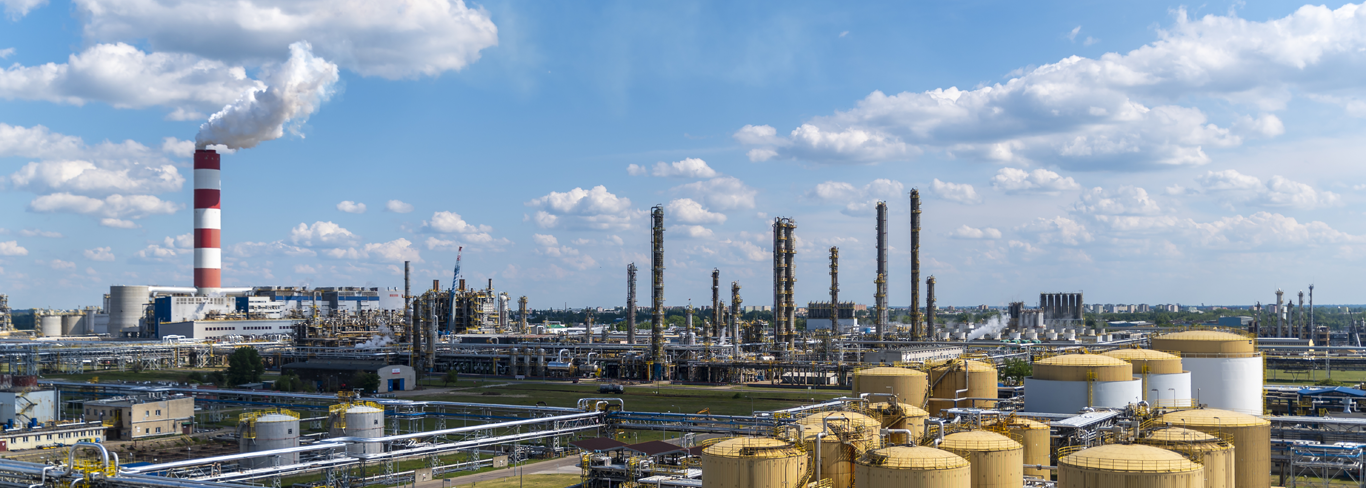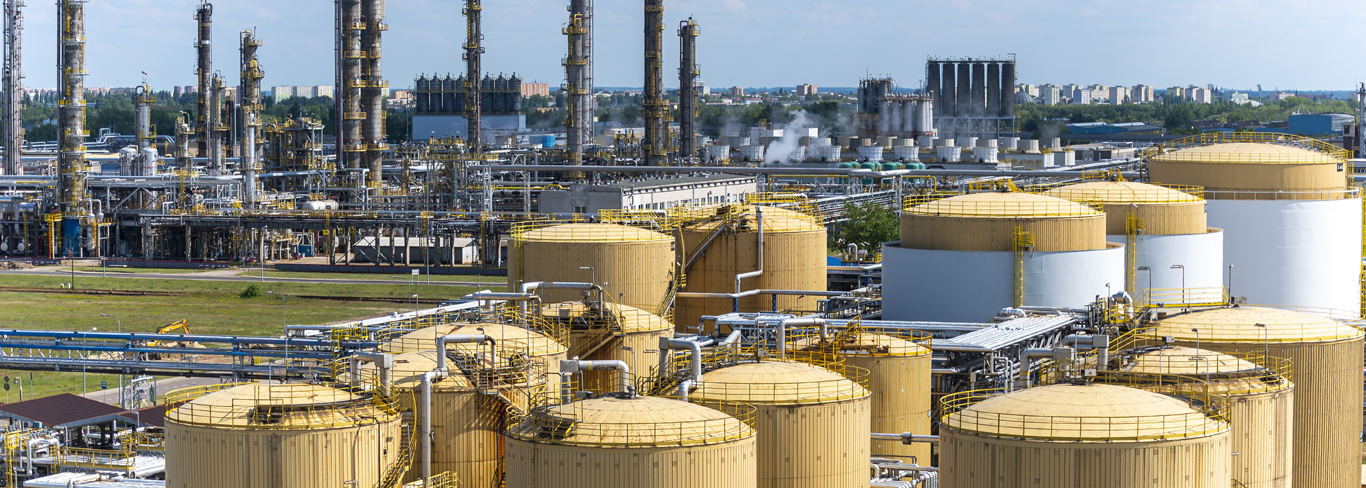
MACROECONOMIC ENVIRONMENT
The ORLEN Group operates in a changing macro environment.
The economic conditions in the ORLEN Group’s operating markets and global fuel prices are a major factor influencing the level of consumption of fuels and petrochemical products and their selling prices.
The primary indicator used to gauge the health of an economy is GDP, which, driven by consumption, investment and exports, helps to assess the state of the economy.
Changes in GDP are typically correlated with fluctuations in fuel consumption and unemployment rates.
GDPand fuel consumption
Source: GDP based on EUROSTAT.
Consumption – prepared on the basis of in-house estimates, and data of Agencja Rynku Energii S.A., Lithuanian Statistical Office, Czech Statistical Office and German Petroleum Industry Association.
The prices of refinery and petrochemical products offered by the ORLEN Group are determined mainly by reference to commodity market prices expressed in foreign currencies.
The costs of key feedstocks, including crude oil, and debt servicing are also mostly expressed in foreign currencies, including USD and EUR.
Therefore, any fluctuations in the exchange rates of these currencies against the Polish złoty are a major driver of the ORLEN Group’s financial results.
Source: Based on the exchange rates set by the National Bank of Poland (NBP).
Among external factors typically bearing on the refinery and petrochemical industry, the following macroeconomic parameters are of key importance: oil price, Urals-Brent differential and spreads for refinery and petrochemical products offered by the ORLEN Group.
The primary feedstock used by the ORLEN Group is crude oil, whose prices fluctuate in response to changes in global demand and supply as well as changing geopolitical factors. As the sour crude accounts for some 76% of the ORLEN Group’s crude slate, the Urals-Brent differential has a significant impact on its operating results.
Source: In-house analysis.
The ORLEN Group’s operating performance strongly depends on differences between the market prices of petroleum products and the prices of oil and other necessary feedstocks (called crack spreads). The cost of feedstock and the selling prices of refined products for the ORLEN Group are dictated by many factors outside its control. These include:
- movements in the supply of and demand for refined and petrochemical products;
- expansion of global refining capacities;
- changes in process-related operating costs (energy, utilities, maintenance);
- changes in environmental and other legislation that could require the ORLEN Group to incur significant expenditure.
Crack spreads for refinery products (USD/t) and petrochemical products (EUR/t)
Source: In-house analysis based on Platts and ICIS.
For general estimation of the impact of macro factors on the Group’s performance, the Model Downstream Margin is used, reflecting the structure of key inputs and key refinery and petrochemical products obtained from the inputs, calculated by reference to market prices.
Downstream margin product slate– crack margins for key products
A Model Refining Margin and a Model Petrochemical Margin are also calculated for the Refining and Petrochemicals segments.
Source: In-house analysis based on Platts and ICIS.
Energy’s performance is strongly correlated with electricity prices and costs of natural gas, hard coal and emission allowances (EUAs).
Source: Based on TGE data.
Source: Based on Bloomberg and Polish Coal Market data.
Performance in the Upstream segment is largely driven by the current Canadian Light Sweet (CLS) crude and AECO gas prices.
Source: In-house analysis based on Platts and ICIS.
Sensitivityanalysis
Analysis of sensitivity to changes in key macroeconomic parameters1 [PLN million]
- Estimated effect of changes in the model downstream margin and model refining margin with the ORLEN Group’s processing capacity utilisation assumed at approximately 217 million barrels.
- Estimated effect of changes in the Urals-Brent differential with the ORLEN Group’s Urals crude processing capacity utilisation assumed at approximately 129 million barrels.
- Estimated effect of changes in the model petrochemical margin with the ORLEN Group’s sales of polymers assumed at 896 thousand tonnes (Unipetrol/498 thousand tonnes and BOP (50%)/398 thousand tonnes).
- Estimated effect of changes in the wholesale margin with the sales volumes of gasoline and diesel oil in Poland assumed at approximately 11.4 million tonnes, and effect of changes in retail margin with fuel sales in Poland estimated at around 7.0 billion litres.
- Estimated effect of oil price movements is calculated based on the product and feedstock portfolio using the model downstream margin and mainly includes the effect of higher costs of consumption of raw materials for own energy needs.
- Estimated effect of changes in hydrocarbon prices in Canada assuming hydrocarbon production of approximately 6.3 million boe per annum.
1) The effect of changes in the above factors has been estimated on the assumption that there is no correlation between them and between other factors which have bearing on the ORLEN Group’s performance. Changes in macroeconomic factors may also have an additional impact on, for instance, optimisation of the product portfolio, sales markets or degree of processing capacity utilisation, which may additionally affect the results of PKN ORLEN’s operations.







